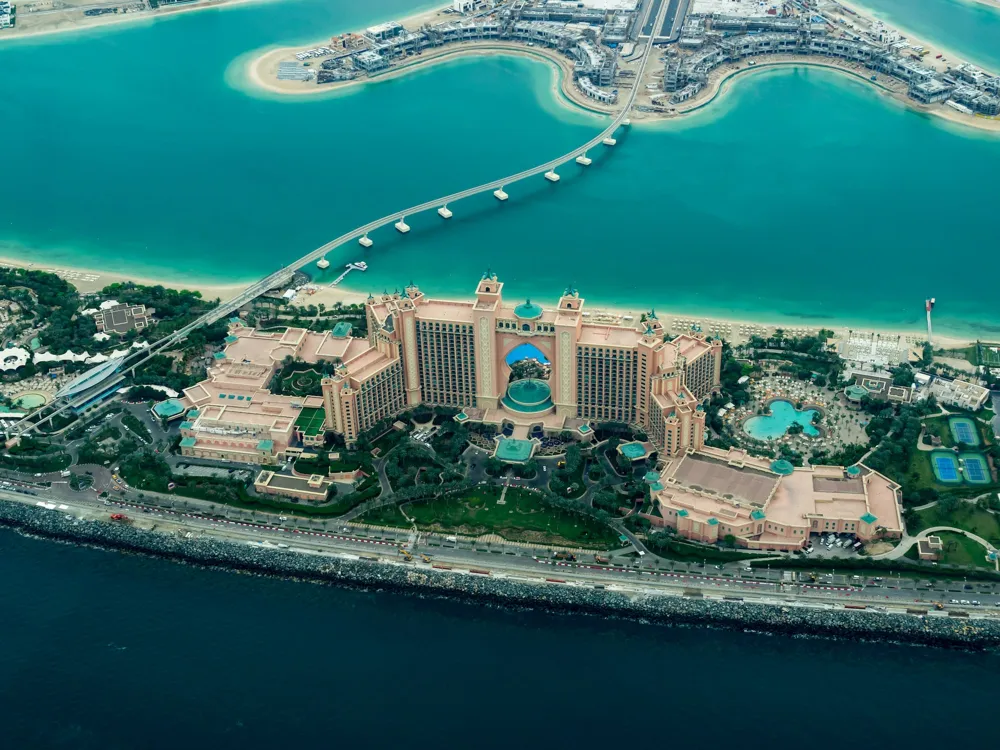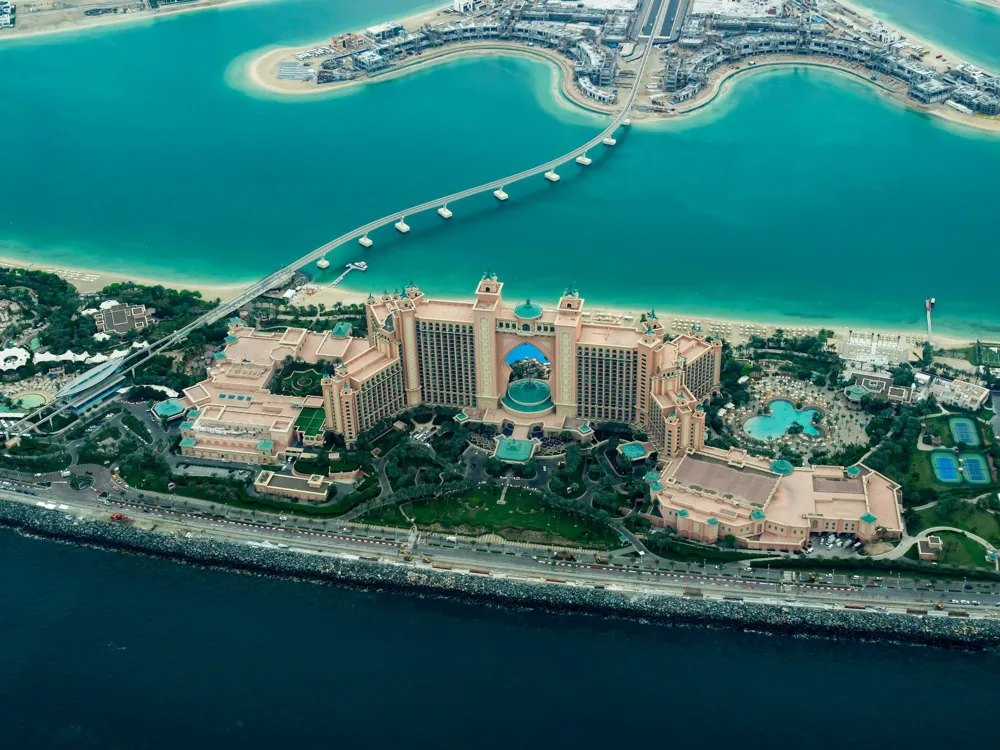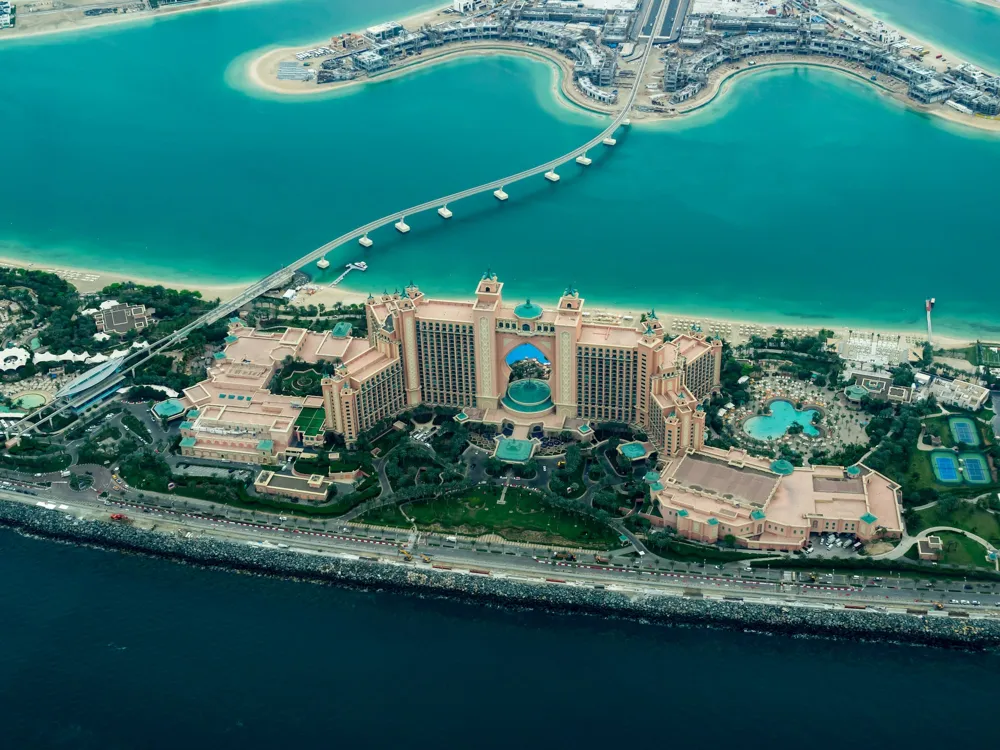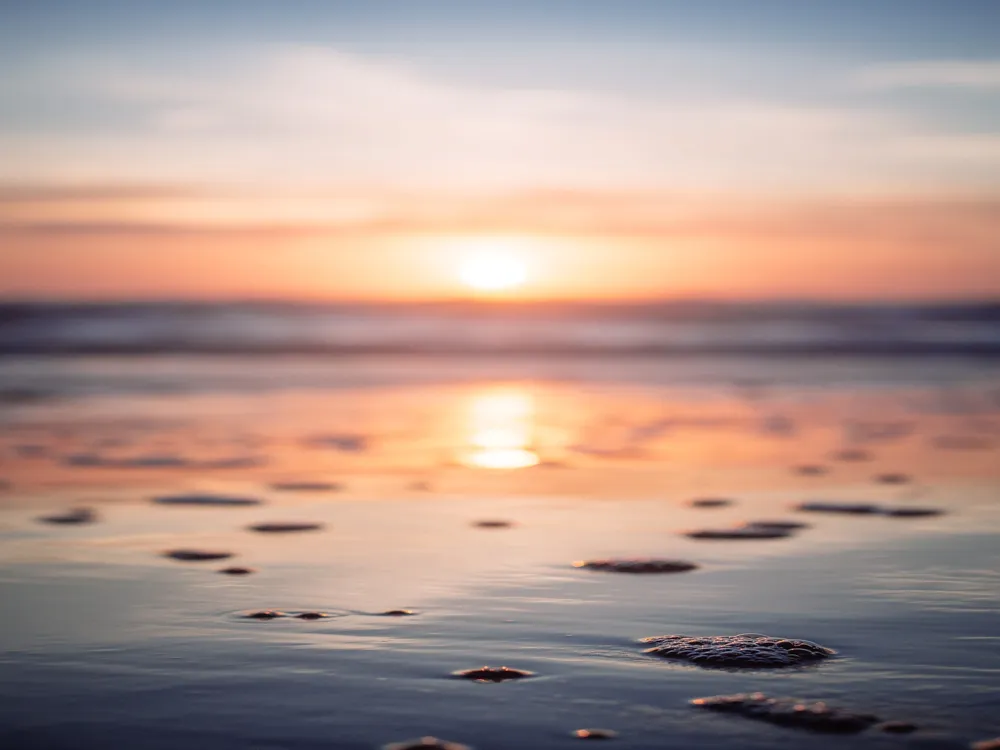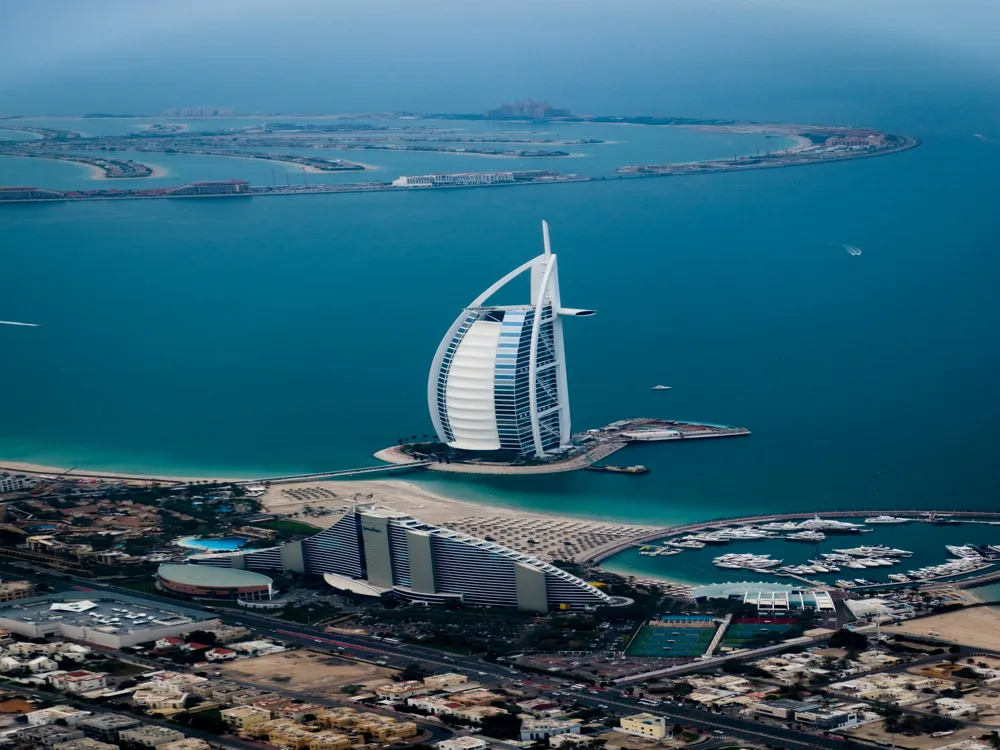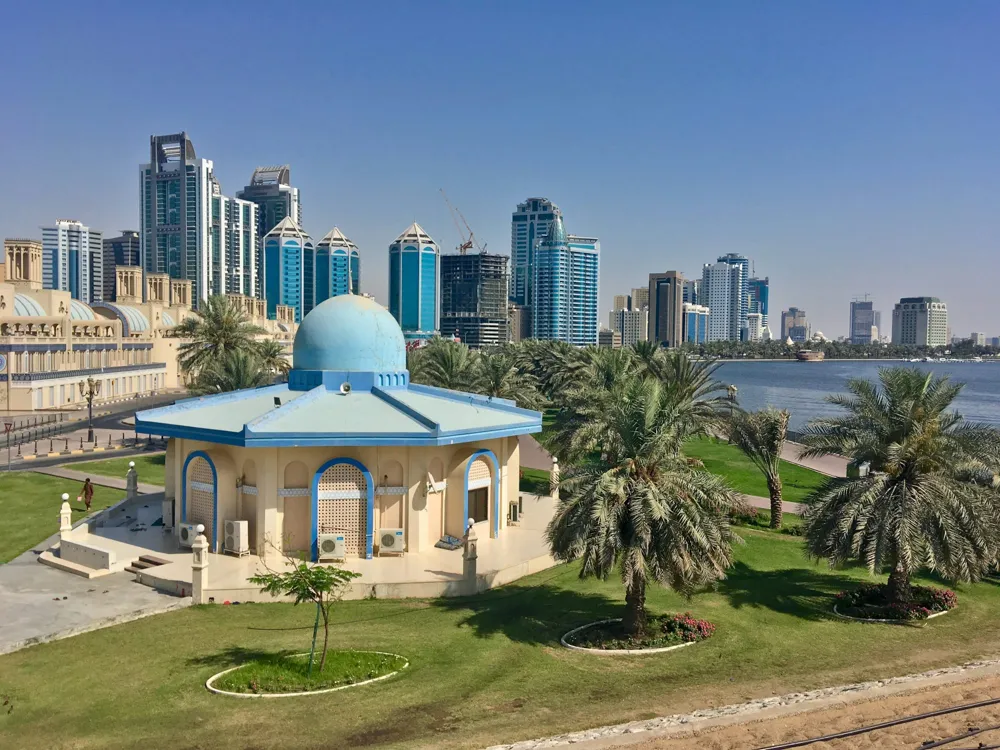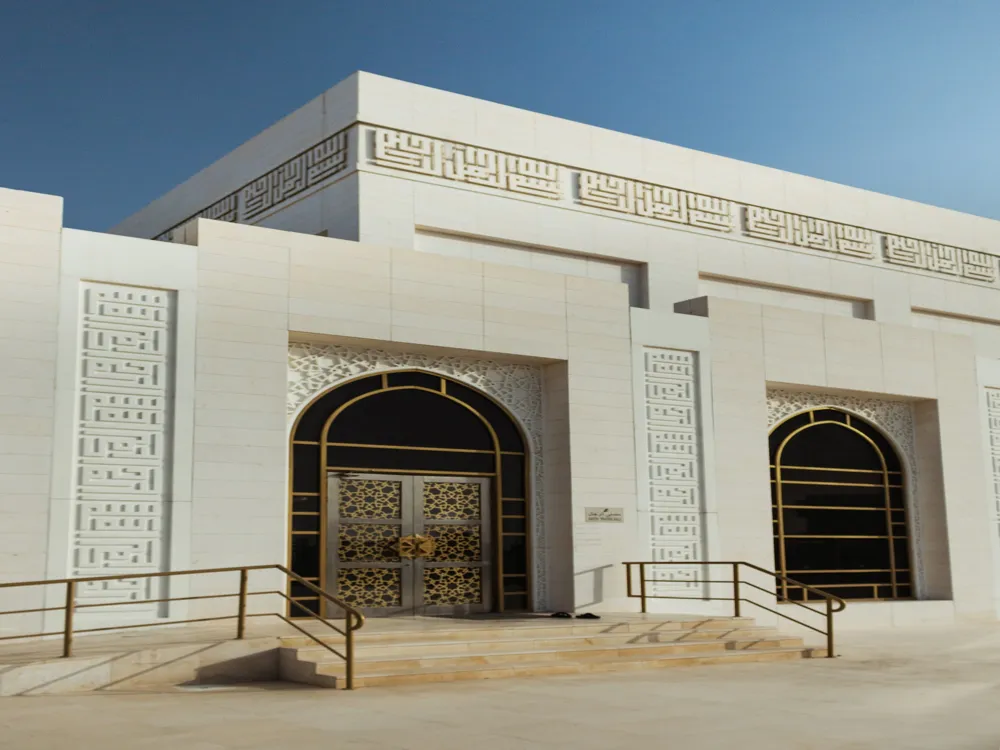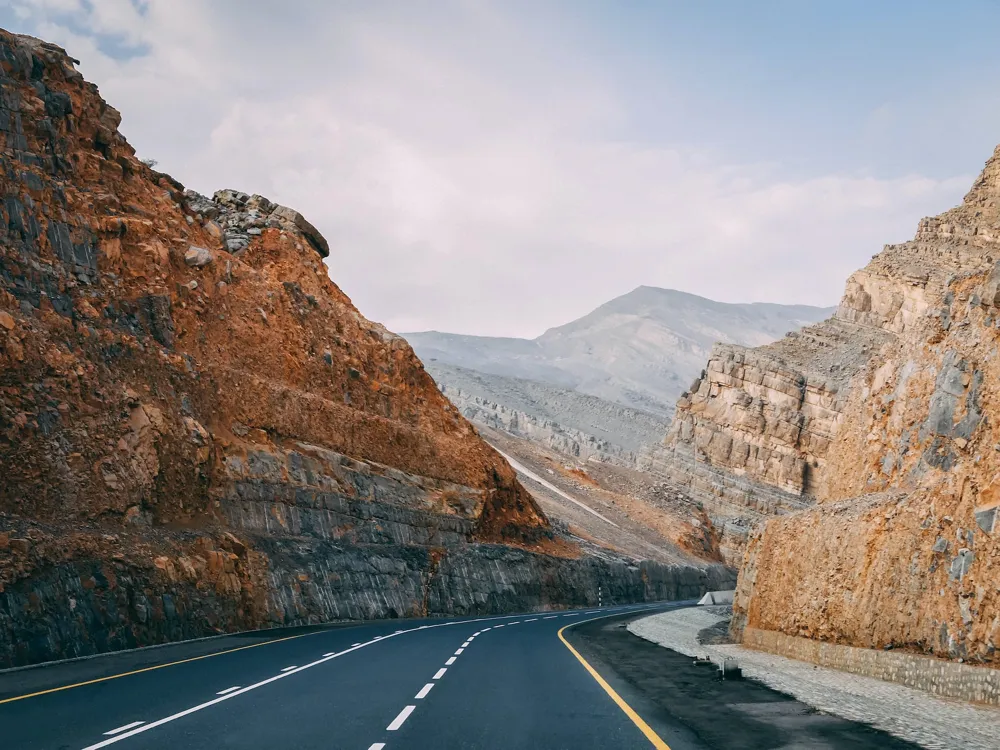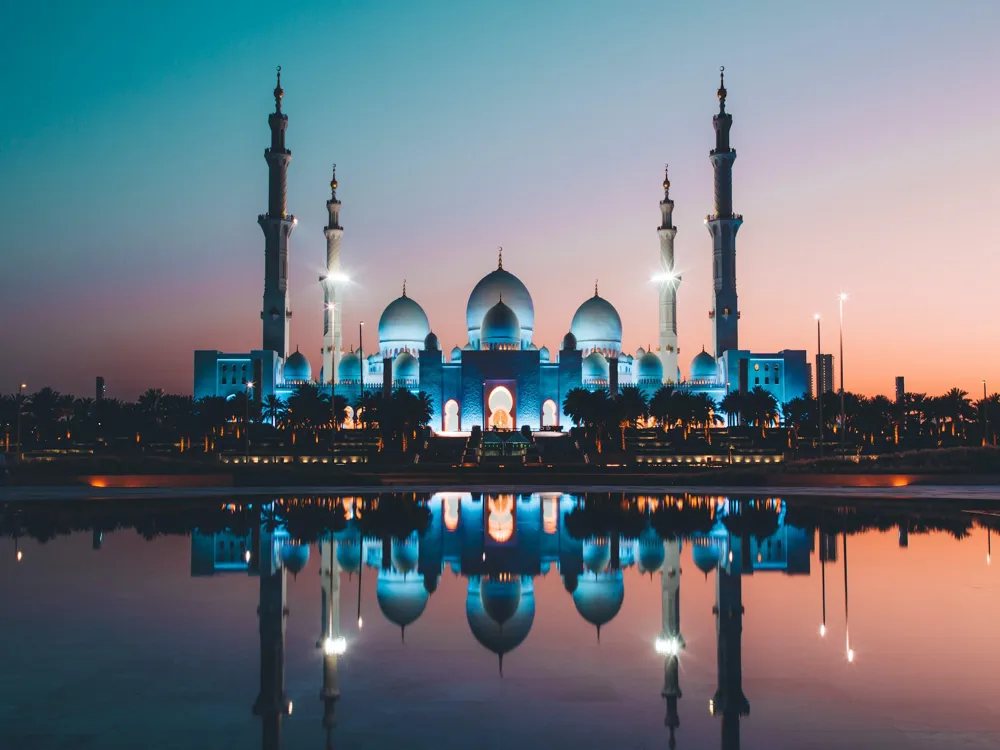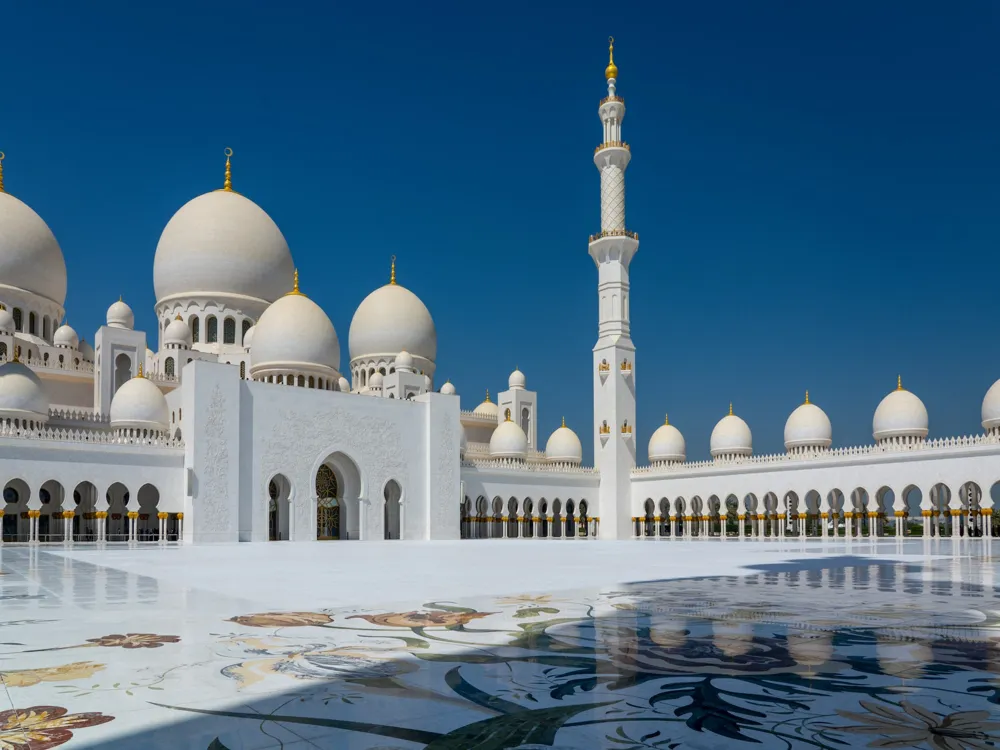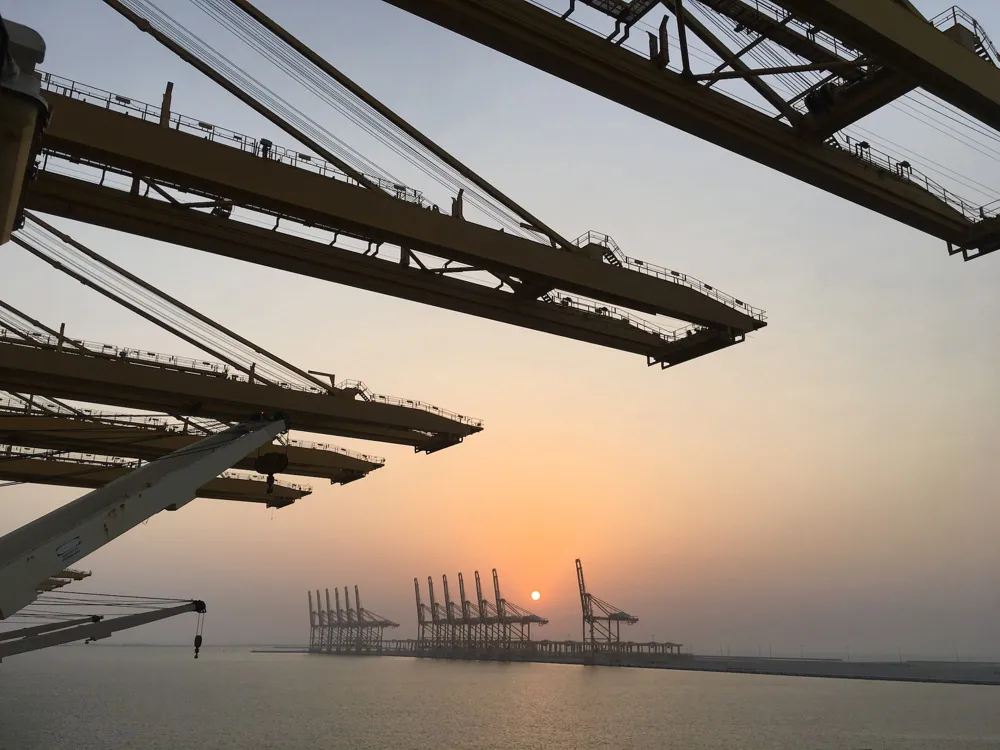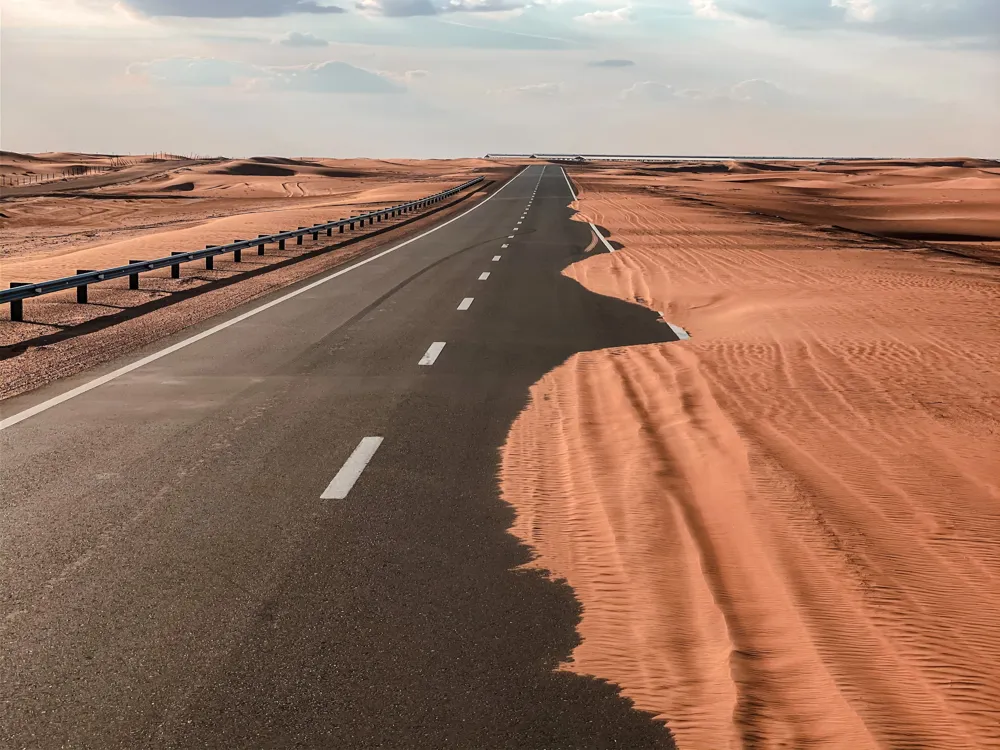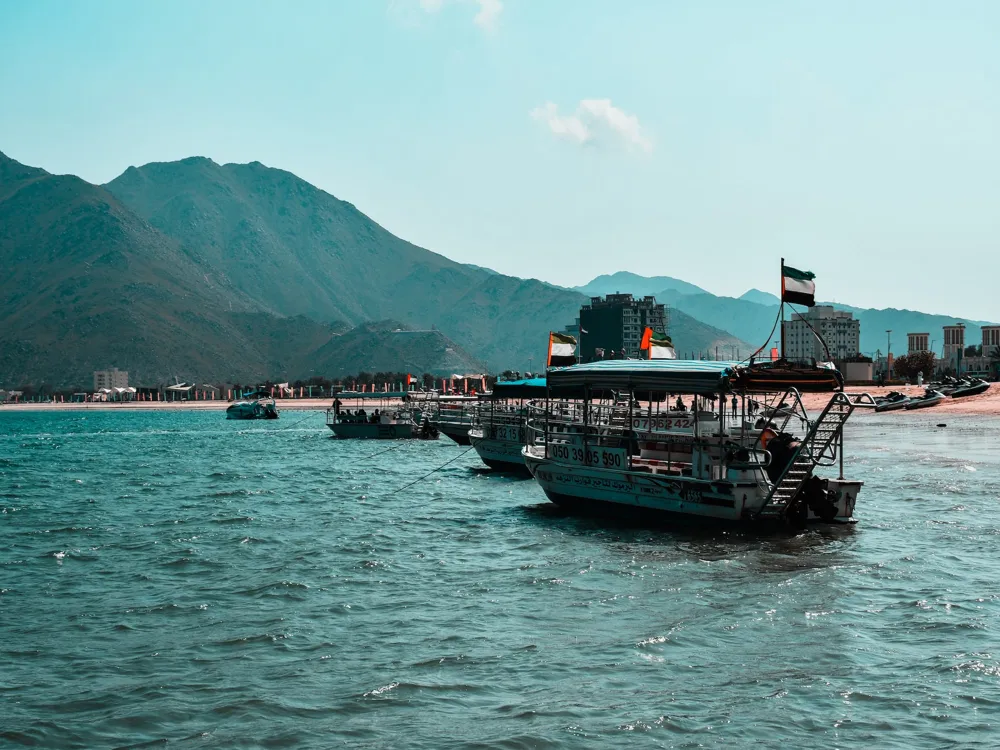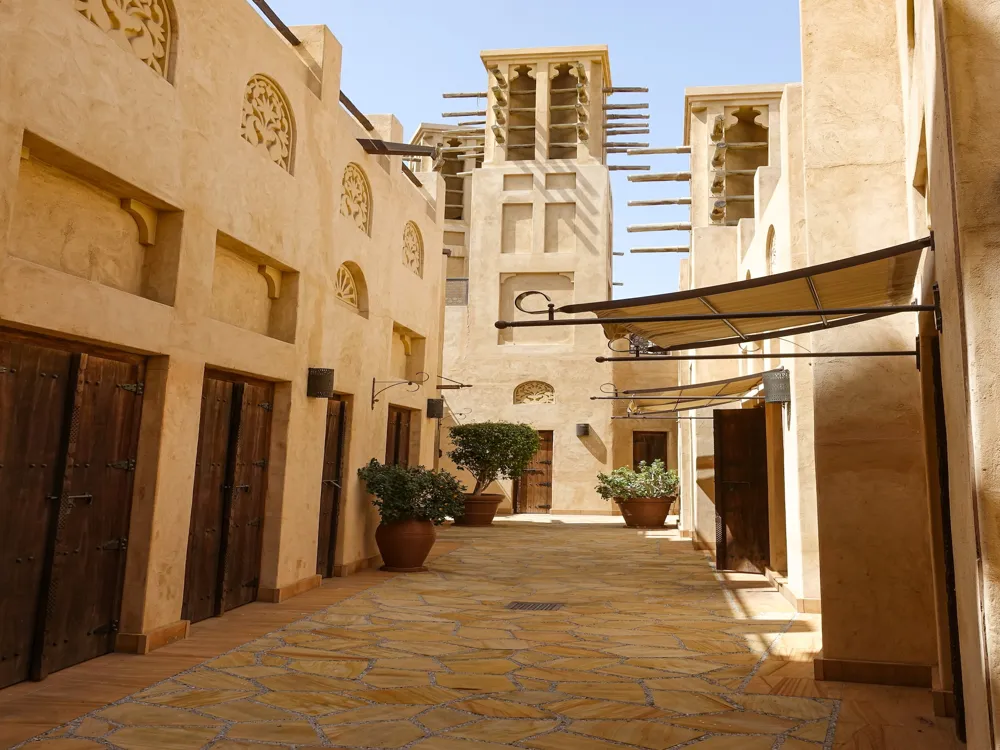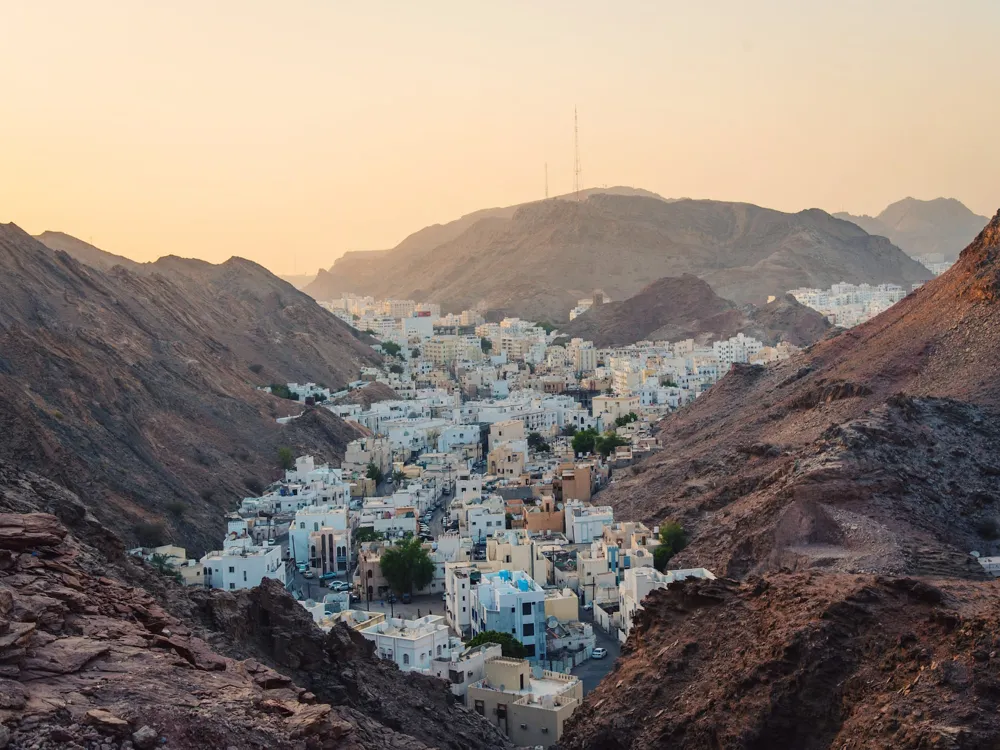Dubai Creek, a saltwater creek located in Dubai, United Arab Emirates, is not just a natural wonder but also a cornerstone of the city's historical and cultural evolution. For centuries, this creek has been the lifeline of Dubai, fostering trade and connections with the world. Its banks witnessed the early settlements that have now transformed into a bustling metropolis. Today, Dubai Creek stands as a symbol of Dubai’s rich heritage, blending seamlessly with the city’s modern skyline. The history of Dubai Creek dates back to when Dubai was just a fishing village. It served as a minor port for dhows from the Indian Subcontinent and East Africa. As trade flourished, so did the settlements around it, marking the beginnings of Dubai's evolution. The creek's importance in the development of Dubai cannot be overstated. It was the birthplace of the city’s trade and commerce, eventually leading to the discovery of oil and the rapid modernization that followed. Over the years, Dubai Creek has seen extensive development, yet it retains its charm and historical significance. The traditional dhows still dot the waters, providing a stark contrast to the modern yachts and speedboats. Along its banks, one can witness the harmonious blend of old and new - from the bustling souks selling spices and textiles to the ultramodern skyscrapers that define Dubai’s skyline. Dubai Creek is not just an economic asset; it's a cultural hub. It divides the city into two main sections - Deira and Bur Dubai. Both sides of the creek offer unique experiences, from traditional markets and historic buildings in Bur Dubai to the modern shopping malls and business centers in Deira. This blend of the old and the new, the traditional and the modern, makes Dubai Creek a must-visit destination for anyone looking to understand the essence of Dubai. The architecture around Dubai Creek is a testament to Dubai’s remarkable journey from a humble fishing village to a global city. It showcases a blend of traditional Emirati architecture with modern design elements, creating a unique visual tapestry. Traditional wind towers, known as Barjeels, stand tall amidst sleek glass skyscrapers, creating a skyline that is both varied and harmonious. On one side of the creek, the Al Fahidi Historical Neighborhood in Bur Dubai offers a glimpse into the city's past. The area is characterized by narrow lanes and wind-towered buildings, which were an early form of air conditioning. These structures are made from traditional materials like coral, mud, gypsum, and palm wood, reflecting the resourcefulness of the Emirati people. In contrast, the Deira side of the creek is a showcase of modern architecture. The Deira Twin Towers, the Dubai Creek Tower, and numerous other skyscrapers stand as symbols of Dubai’s economic success. These buildings are not just feats of engineering; they are artworks that reflect Dubai’s aspirations and its status as a global city. The blend of old and new extends to the bridges and infrastructure around the creek. The Al Maktoum Bridge, the Floating Bridge, and the Al Shindagha Tunnel represent modern engineering achievements, while traditional abra boats continue to ferry passengers across the creek, offering a timeless mode of transportation. Dubai Creek's architecture is not just about buildings and bridges; it's about creating spaces that honor the past while embracing the future. This architectural philosophy is evident in the Dubai Creek Harbour, a visionary waterfront development. It's a place where the city’s heritage meets modern lifestyle, offering residential spaces, shopping areas, and leisure facilities. The ideal time to visit Dubai Creek is from November to March when the weather is cooler and more pleasant, perfect for outdoor activities and exploration. Utilize Dubai's efficient public transport, including metros, buses, and taxis, to reach Dubai Creek. Abras, traditional boats, offer a scenic and affordable way to cross the creek. Respect local customs and dress modestly. It’s important to be culturally sensitive while exploring the traditional areas around the creek. Explore the diverse culinary offerings in and around Dubai Creek. From traditional Emirati dishes to international cuisine, the area is a food lover's paradise. Don’t miss the traditional souks around Dubai Creek, like the Gold Souk and Spice Souk, for unique shopping experiences and souvenirs. Reaching Dubai Creek is convenient due to Dubai's extensive and efficient transportation network. The easiest way to get there is by taking the Dubai Metro, which has several stations close to the creek, such as Al Ghubaiba and Union. Taxis are readily available throughout the city and offer a comfortable and efficient means of transportation to the creek. For a more scenic route, visitors can take an abra or a water taxi for a picturesque view of the creek and its surroundings. Dubai also offers ample parking spaces near major tourist spots, making it convenient for those who prefer to drive. Read MoreOverview of Dubai Creek
Architecture of Dubai Creek
Tips When Visiting Dubai Creek
Best Time to Visit
Transportation
Cultural Etiquette
Food and Dining
Shopping
How To Reach Dubai Creek
Dubai Creek
Dubai
₹ 17,999 onwards
View dubai Packages
Weather :
Tags : Waterfront
Time Required : 5 minutes
Metro Station : Bur Dubai side: Al Ghubaiba, Sharaf DG, and Burjuman
Deira side: Baniyas Square or Union
Abra Cost : AED 1 per person
Abra Timings : 6:00 AM - 12:00 AM
Planning a Trip? Ask Your Question
Dubai Travel Packages
View All Packages For Dubai
Top Hotel Collections for Dubai

Private Pool

Luxury Hotels

5-Star Hotels

Pet Friendly
Top Hotels Near Dubai
Other Top Ranking Places In Dubai
View All Places To Visit In dubai
View dubai Packages
Weather :
Tags : Waterfront
Time Required : 5 minutes
Metro Station : Bur Dubai side: Al Ghubaiba, Sharaf DG, and Burjuman
Deira side: Baniyas Square or Union
Abra Cost : AED 1 per person
Abra Timings : 6:00 AM - 12:00 AM
Planning a Trip? Ask Your Question
Dubai Travel Packages
View All Packages For Dubai
Top Hotel Collections for Dubai

Private Pool

Luxury Hotels

5-Star Hotels

Pet Friendly







